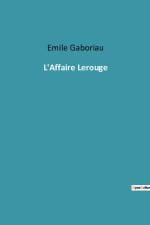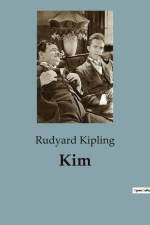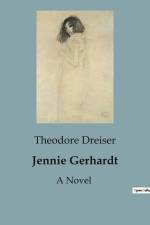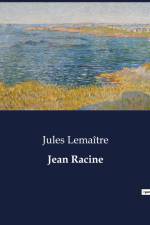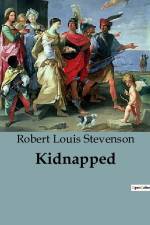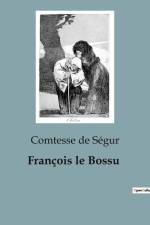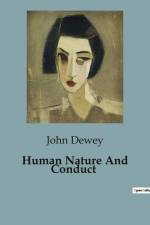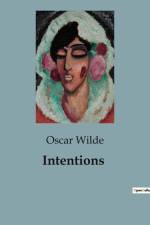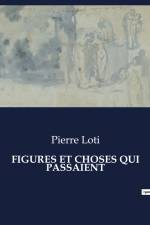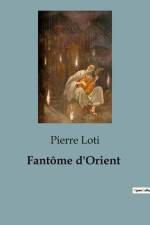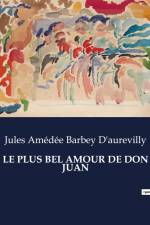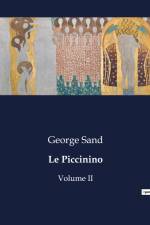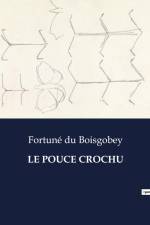av Emile Chevalier
399,-
Existe-t-il en France, ou même dans le monde entier, une ville qui, relativement à sa population, puisse s'enorgueillir d'avoir enfanté autant de célébrités que Saint-Malo? Quelle pépinière, quelle pléiade d'illustrations dans tous les genres! Ses seuls marins fameux, on en pourrait compter cent, non compris les Jacques Cartier, les Porée, les Duguay-Trouin, Mahé de la Bourdonnais, les Surcouf, les de Coisy, et, comme dit leur excellent biographe, M. Ch. Cunat: «Tous donnèrent plus d'une fois sujet aux ennemis de la France de leur appliquer ce mot de Philippe, roi d'Espagne, en parlant de Turenne: Voilà un homme qui m'a fait passer de bien mauvaises nuits.»Mais à ces beaux noms, consignés au premier rang dans les fastes de notre histoire nationale, ne se borne pas la liste des grands hommes qui ont honoré Saint-Malo par leur bravoure à toute épreuve ou leurs vastes talents. Des philanthropes, comme Jacques Vincent, seigneur de Gournay, Alain Magon de la Gervesais, Pierre de la Haye; des savants, comme Nicolas Trublet, le P. Alain de Large, le physicien Maupertuis, l'érudit Joachim Porée, l'historien Nicolas Frottet, le médecin Broussais; des administrateurs comme Pierre-Louis Boursaint, Féron de la Féronnays; des poètes comme François-Marie Lescaut, Marie-Jeanne Bougourd (l'auteur de la Jeune Mère), Michel de la Morvonnais et l'immortel Chateaubriand; des philosophes comme Offroy de Lamettrie ut Robert de Lamennais, vingt autres enfin, renommés dans les sciences, les arts et les lettres, viennent encore enrichir le catalogue des glorieuses, personnalités auxquelles la cité malouine servit de berceau.





